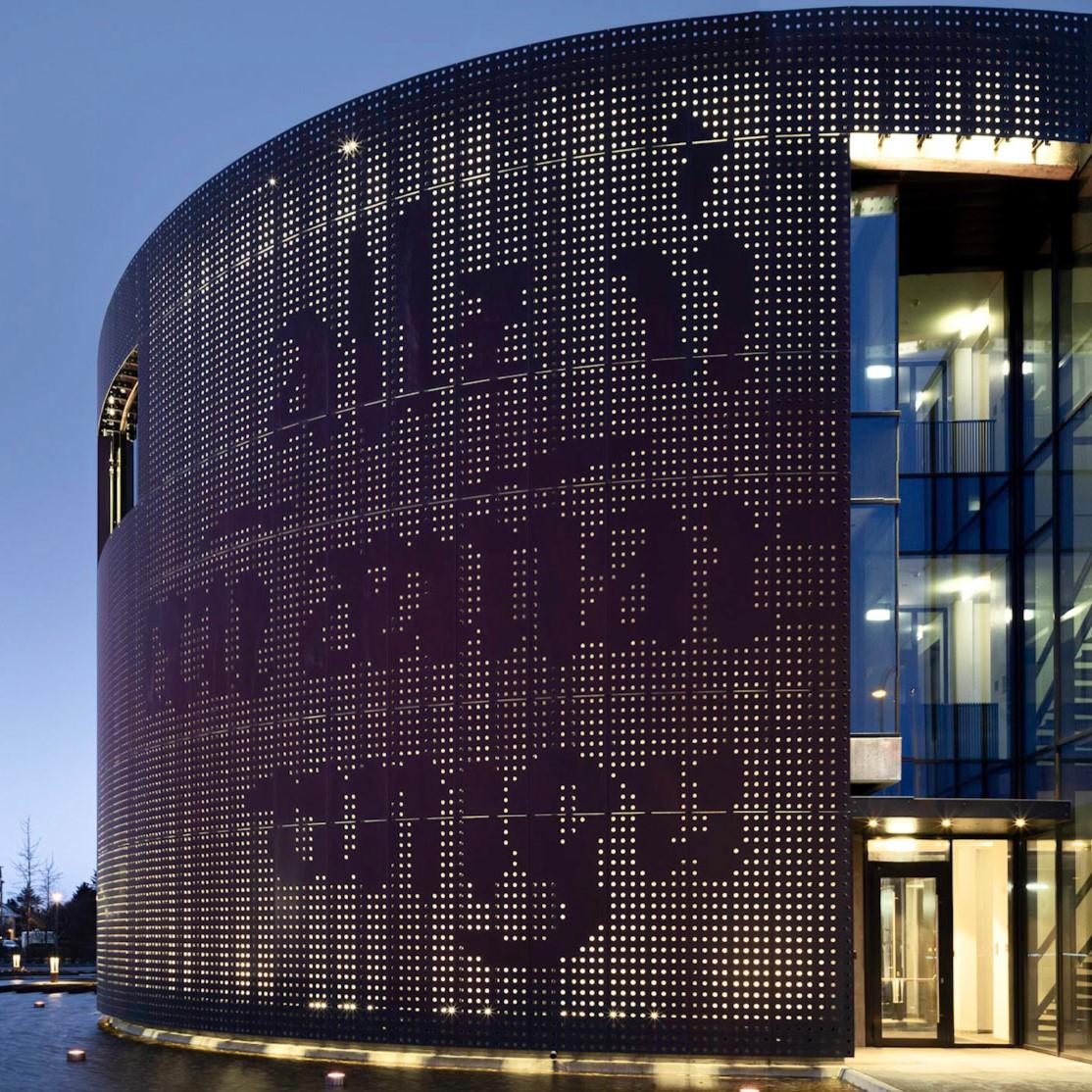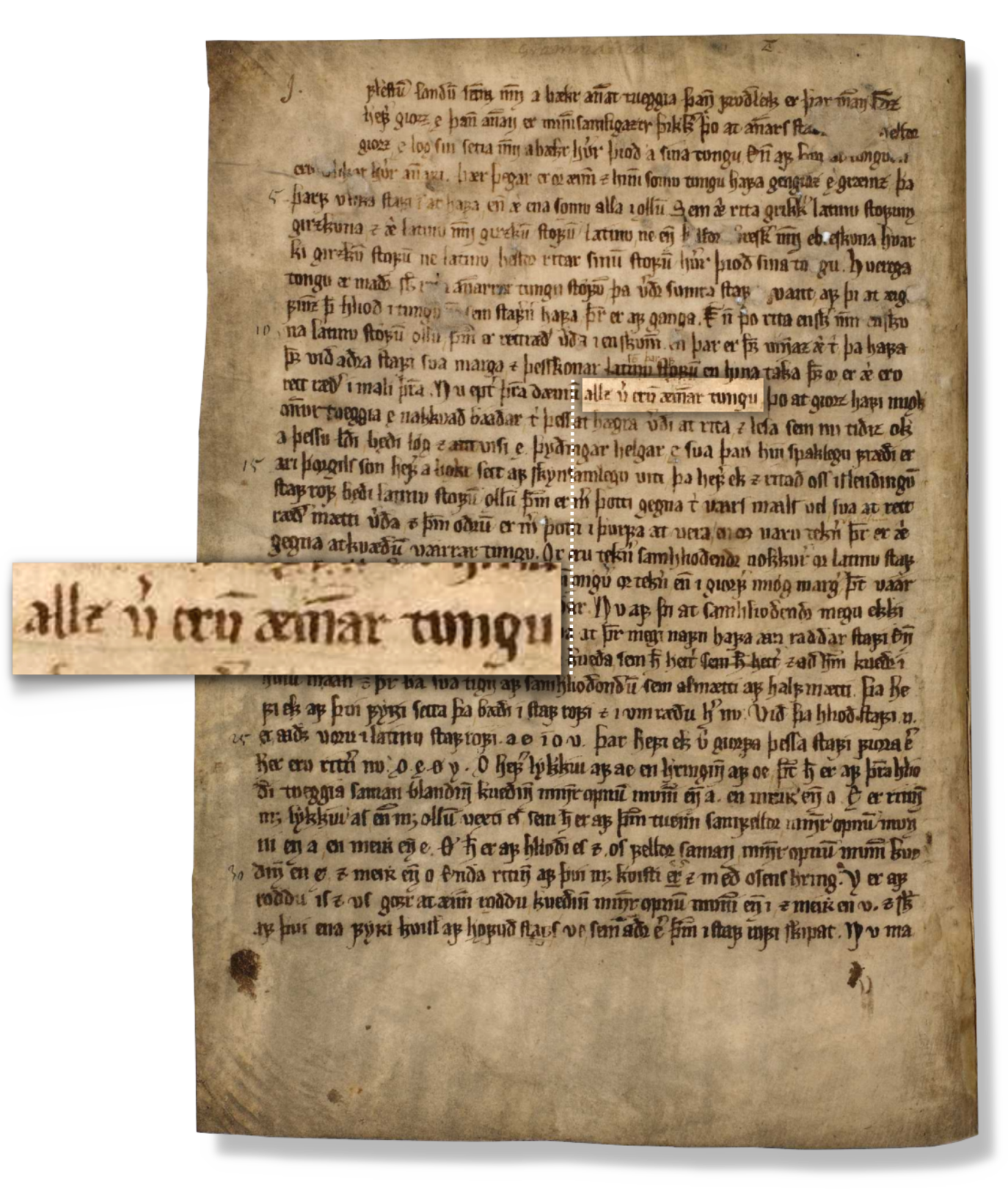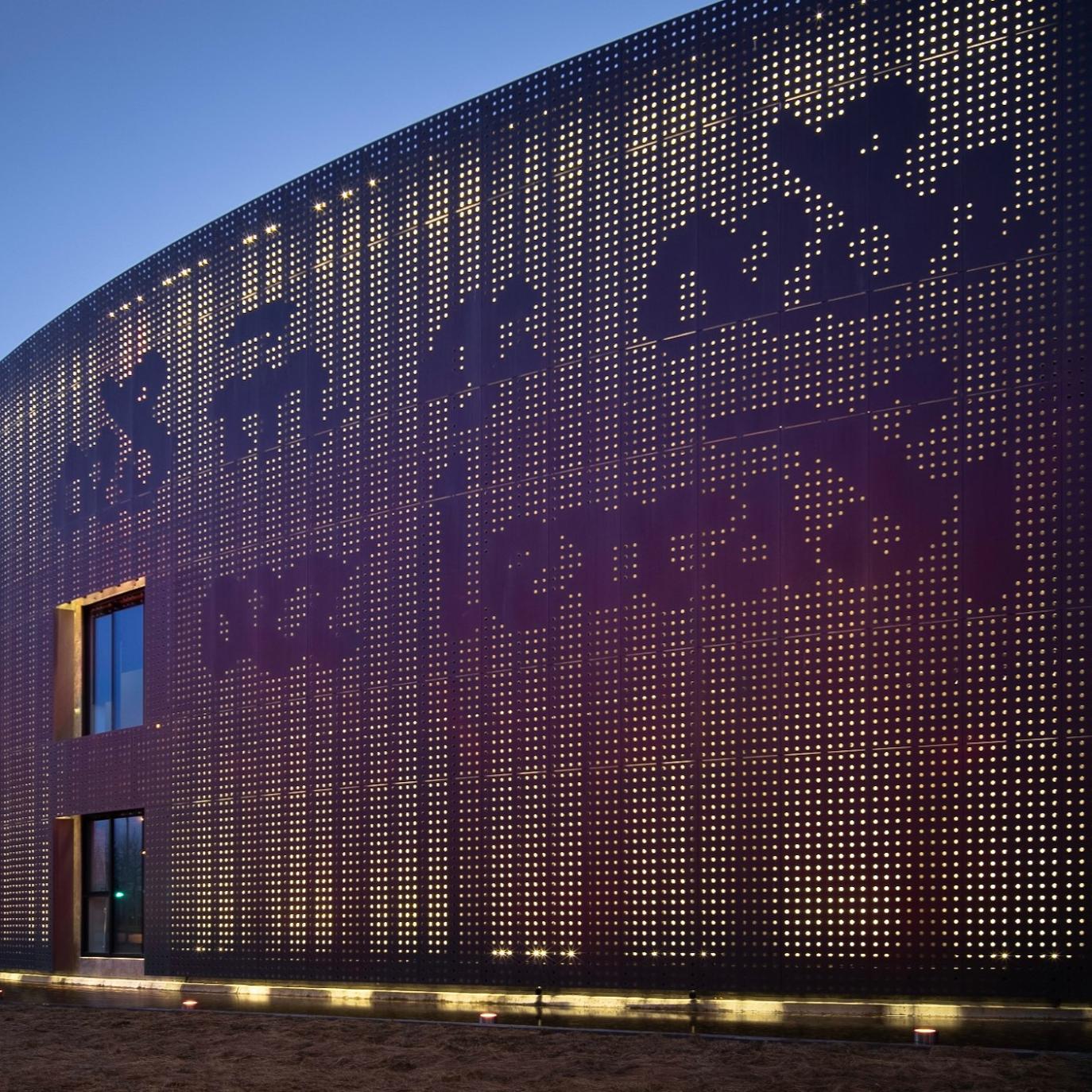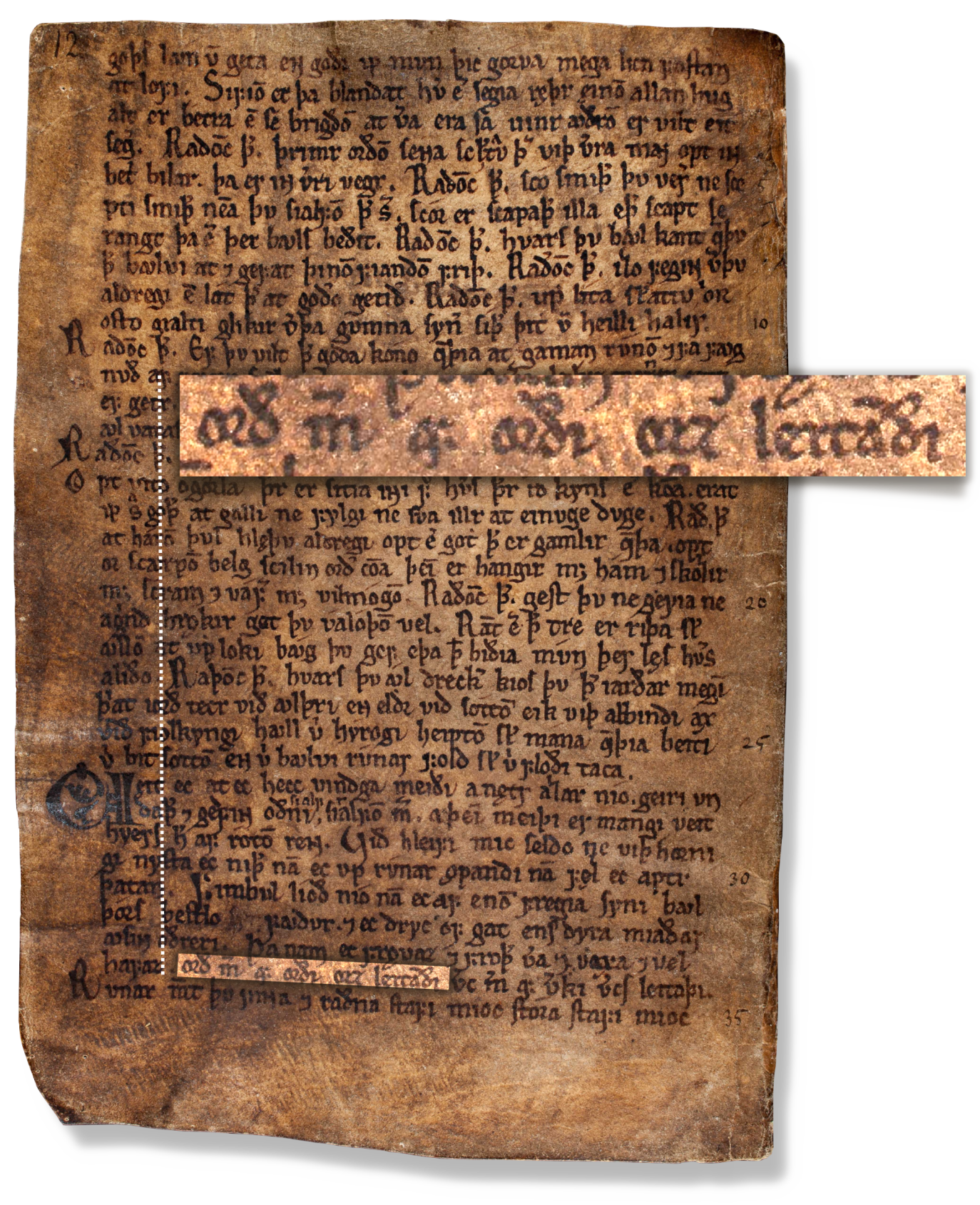The story of the building begins back in 2001 when Björn Bjarnason, then minister of education, set up a commission to come up with and shape proposals for a building near the National Library that would house institutions working in Icelandic studies. Six years later Þorgerður Katrín Gunnarsdóttir, then minister of education, appointed a selection committee tasked with organizing an open competition for the design of a new facility to house the Árni Magnússon Institute for Icelandic Studies and the Icelandic Department at the University of Iceland in collaboration with the Architects Association of Iceland. While devising the final competition brief, the selection committee drew on a preliminary studies and drafts of the design brief prepared earlier in the year on behalf of the ministry. The conclusion was that it would be most prudent and efficient to design a single building to house both the institute and the Icelandic Department. The chairperson of the selection committee was Ambassador Sigríður Anna Þórðardóttir and the other members were Prof. Vésteinn Ólason, Prof. Guðmundur R. Jónsson, FAÍ architect Hildigunnur Haraldsdóttir and FAÍ architect Jón Ólafur Jónsson. The selection committee finalized their opinion in August 2008, and results were announced on August 21 with Hornsteinar arkitektar ehf. taking first prize.
The building’s design got underway the same year and was completed in 2012, when the decision was made to begin construction. Katrín Jakobsdóttir, then minister of culture and education, broke ground on March 11, 2013. Construction was suspended during the summer of 2013 and was not resumed until 2016 when the design documentation was put to review. A new invitation to tender was announced in 2018. In the summer of 2019 Lilja D. Alfreðsdóttir, then minister of culture and education, signed a contract with Ístak on constructing the building. President of Iceland Guðni Th. Jóhanneson and Lilja D. Alfreðsdóttir laid the cornerstone of the building on the last day of winter, April 21, 2021, marking the 50th anniversary that the first manuscripts came home to Iceland from Denmark.
The building was dedicated at a formal ceremony on the last day of winter, April 19, 2023.




